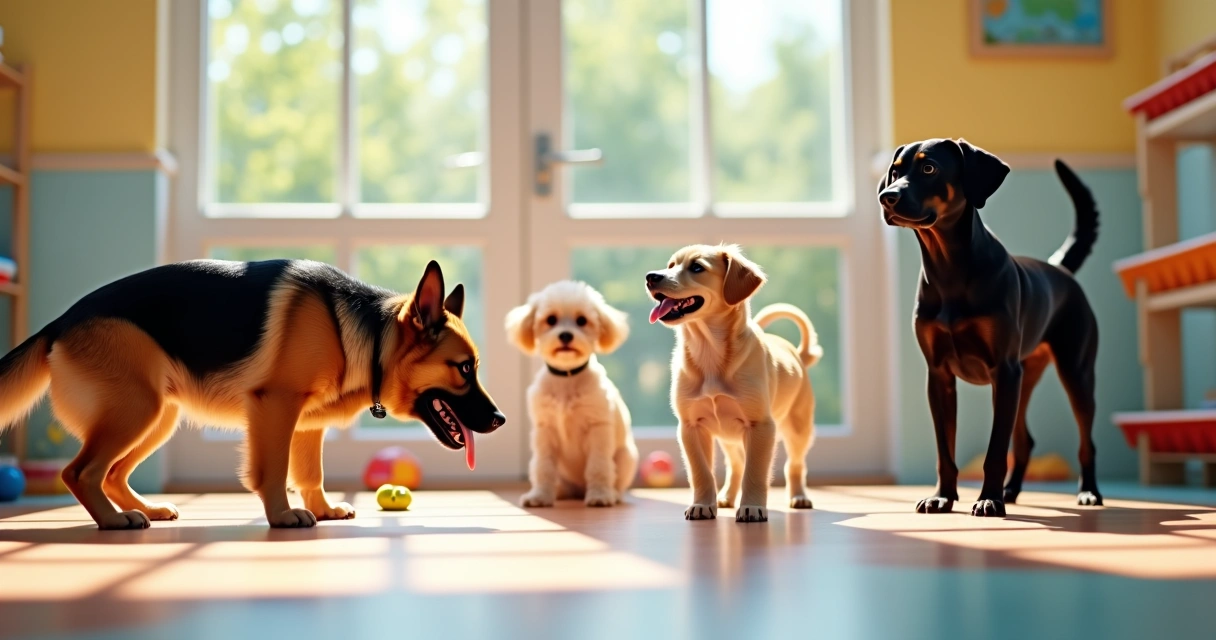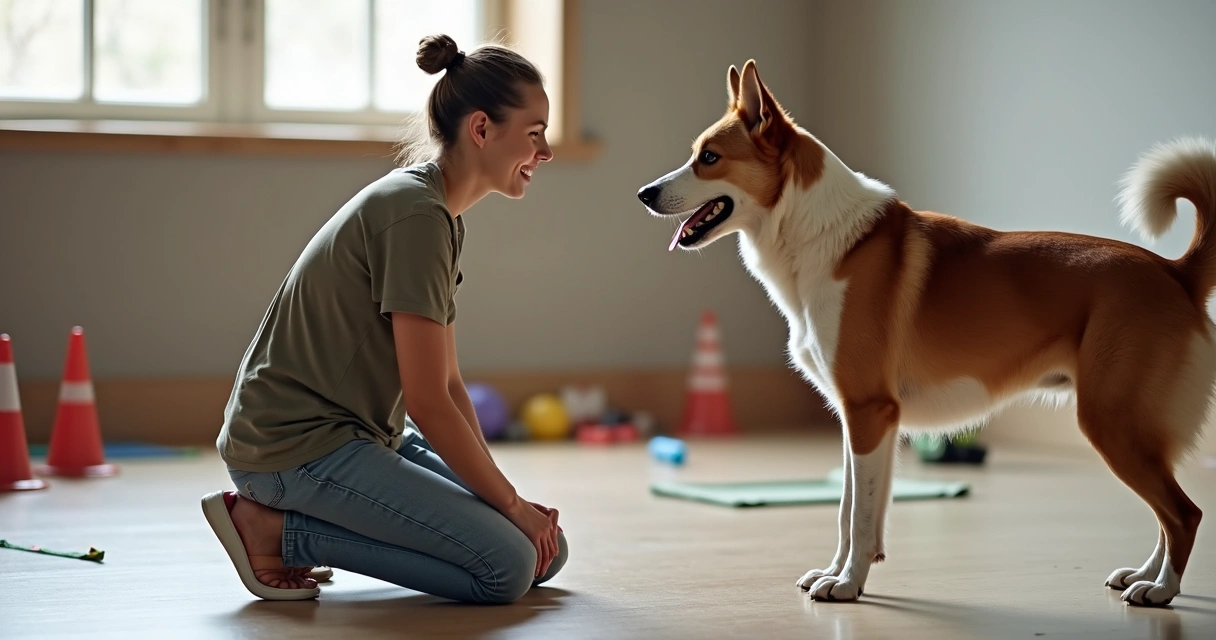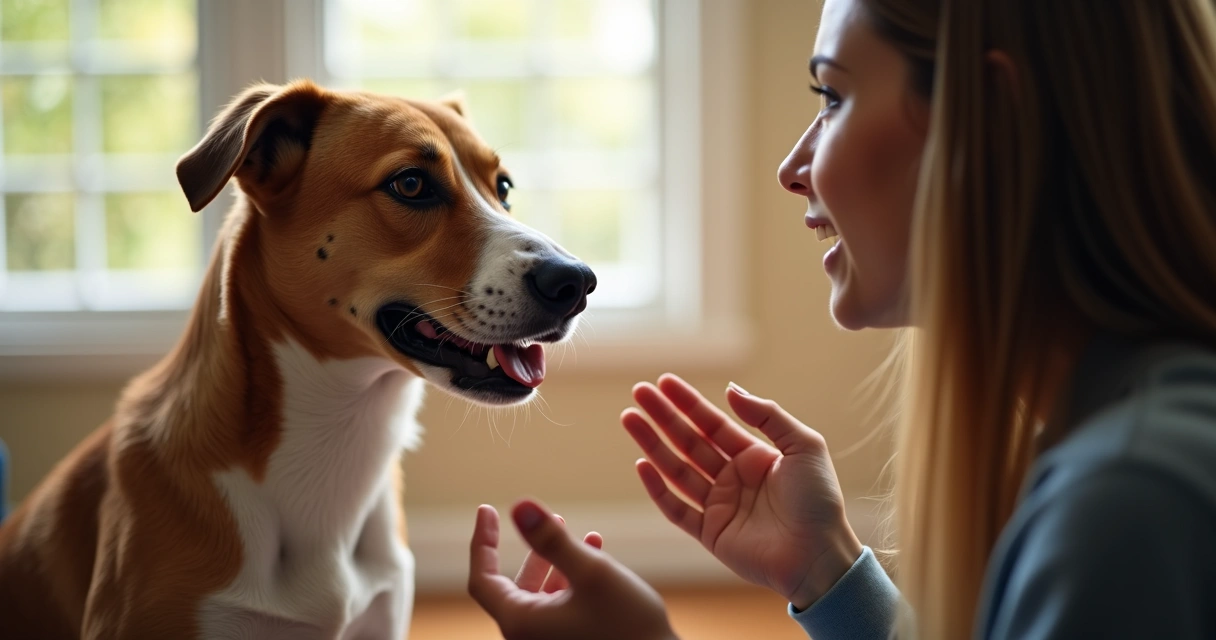Ever stand in your kitchen, mug in hand, and just stare at your dog? Maybe her tail is wagging, but there’s that whine in her throat. Is she happy? Is she anxious? The answer, sometimes, is yes to both. Understanding your dog’s body language and vocalizations doesn’t just make you a more attentive pet owner, it can help keep both you and your furry friend safe and happy, especially in new places like daycare, grooming, or training facilities such as Dogtown.
Why dogs communicate in many ways
Dogs rarely use just one method to communicate. In one moment, your pup might bark, play-bow, and wag her tail, all at once. And sometimes, just a look can say more than a hundred words. Their style of talking is a mix of signals, some easy, some you only catch if you slow down and pay attention. The Centers for Disease Control and Prevention notes that understanding a dog’s cues is important for safe and positive interactions with both pets and strangers (CDC information on dog behavior).
The more you observe, the more you learn.
At Dogtown, staff are trained to watch for these layers of dog talk, ensuring playgroups are matched for comfort and safety. It’s a real skill, honed through practice and kindness.
All about body language
Imagine a busy dog daycare floor. Some dogs wiggle with excitement. Others stiffen, ears pinned flat. These physical signals are the foundation of canine communication. But body language has its own vocabulary. Let’s break it down.
Tail talk
- High, stiff tail: Confidence, sometimes a challenge.
- Low, tucked tail: Fear, submission, or uncertainty.
- Loose, wide wagging: Relaxed, happy, or playful.
- Slow wag: Caution or evaluation, not always friendly.
Ear position
- Up and forward: Interested, ready for action.
- Flattened back: Fearful, anxious, or worried.
- Relaxed and sideways: Calm or tired.
Eye contact and facial clues
- Direct stare: May be a challenge or discomfort.
- Avoiding eyes: Submissive, nervous, or just polite.
- "Whale eye": Whites of the eyes showing, often a sign of stress.
Other body movements
- Play bow (front legs down, rear up): Invitation to play, happiness.
- Stiff posture: Alert, tense, or threatened.
- Rolling over: Submissiveness, or asking for a belly rub. Sometimes both.

It’s easy to misread these clues, especially since some signals overlap. A wagging tail isn’t always a “happy” tail. Context, and knowing your dog’s usual behavior, matter a lot.
The meaning behind vocalizations
If you think all barks mean the same thing, spend one afternoon at Dogtown's daycare. You’ll hear yips, boofs, growls, howls, and whimpers, sometimes all in the space of five minutes. Each sound, combined with body signals, reveals a little more about what the dog is feeling.
Barks and yips
- Short, sharp bark: Alert or surprised, “Look at that!”
- Fast, repetitive barking: Excitement or warning.
- Single long bark: Something unknown has happened, or the dog feels lonely.
Growls
- Low, rumbling growl: Discomfort, guarding, or warning.
- Playful growl (softer, higher): Heard during tug or roughhousing; check the tail and posture to confirm playfulness.
Whines and whimpers
- These often signal unease, anticipation, or the need for attention. Sometimes, it’s just pure excitement that can’t be contained.
Howls
- Howls are mostly used for long-distance communication. Some breeds just do this for the joy of it, especially if a siren goes by.
A single bark can mean “hello” or “back off”, what matters is what the rest of the dog is saying.
How do dogs combine sounds and body language?
Dogs are experts at combining signals. A wagging tail with bared teeth tells a different story than a wagging tail with soft eyes and relaxed ears. If you ever visit Dogtown's personalized training classes, you’ll notice trainers watching whole-body communication, not just one signal in isolation.
- A growl with a stiff body often means, “I want space.”
- A playful bark with a wiggle and bow says, “Chase me!”
- Whining with tucked tail and wide eyes? That’s more likely to mean anxiety or confusion.
Even among dog friends, these codes matter. Knowing them keeps play safe and prevents misunderstandings or rough play from escalating. That’s exactly why the Dogtown day camp teams carefully observe dog-to-dog interactions for signs that someone might be getting tired or overwhelmed.
How you can practice decoding your own dog
Start with your own dog’s habits. Sit quietly and watch them when they’re relaxed versus when there’s a new visitor or strange noise. Notice the difference in how their ears move, how their tail wags, how their mouth opens or stays tight. Soon, little changes will start to stand out.
Familiarity reveals the truth beneath the wag and bark.
Dog specialists at Dogtown's boarding services recommend making a journal: “Today, Bella was calm, tail slow, eyes soft.” Over a week, you’ll see patterns. This helps you spot when something is out of the ordinary, a sign your dog might need help, reassurance, or a checkup.
When to call in a professional
If your dog starts showing new body language or vocalizations that worry you, maybe persistent growling, hiding, snapping, constant whining, it might not be just a mood. Medical issues, pain, or environmental stress could be at play. That’s a good moment to ask for expert advice. During group play or at a grooming appointment at Dogtown, professionals watch for any hint a pet isn’t feeling well or is stressed, and they know when to intervene.

What group environments reveal
Social settings like those at Dogtown show how much communication dogs exchange without words. Staff see dogs request space, ask for play, or tell someone “that’s enough,” using nothing but bodies and gentle sounds. If your pup heads to daycare or group classes, learning to notice this gives you peace of mind and helps keep everyone having a good time.
Dogs, like us, need to be heard, even if they use a different language. With patience and plenty of practice, you may even start to “hear” what your dog is saying, without a single word being spoken.
Conclusion
Decoding dog communication is a skill that comes with honest curiosity and time. By tuning into your dog’s body language and the nuances of their vocal sounds, you deepen your connection and help ensure comfort for every situation, from home to Dogtown’s day camp floors. If you want your pet to feel welcomed, safe, and understood, take that next step. Schedule an assessment with us to see how much happier life can be when everyone speaks the same language, even without words.
Frequently asked questions
What is dog body language?
Dog body language is the set of physical signals and movements, like ear position, tail carriage, posture, and facial expressions, that dogs use to communicate how they feel or what they want. It’s a “silent language” all their own, and, as studies from the Centers for Disease Control and Prevention point out, learning it keeps everyone safer and happier.
How do dogs communicate with sounds?
Dogs use a variety of sounds, including barking, growling, whining, and howling, to get messages across. These vocalizations can mean different things depending on pitch, frequency, and situation. For example, a sudden sharp bark might signal alarm, while a soft whine could show excitement or nervousness. The best way to understand is to listen, then watch the rest of the dog’s signals.
What are common dog body signals?
Common signals include wagging tails, play bows, raised hackles, flattened ears, rolling over, and shifting weight. Each has a different meaning. Tucked tails and averted eyes tend to show fear or stress, while loose body postures and play bows usually mean the dog is comfortable and happy. Observing your own dog in familiar and new settings can make it easier to interpret these signals accurately.
How can I read my dog's mood?
Try watching their whole body, not just one part. If the tail is wagging but the dog’s body is stiff, that might be a warning. Relaxed body, soft eyes, and a floppy tail usually mean contentment. Patterns matter, too, if your dog always does something when she’s happy or scared, learn to recognize it. Keep in mind that every dog is a little bit different.
Why does my dog bark or whine?
Barking and whining are part of regular dog communication. It's how they tell you there’s a visitor, ask for attention, express boredom, signal pain, or even show excitement. Sometimes, a bark is just a bark. But if your dog barks or whines more than usual, check their environment, mood, or health. Professionals at Dogtown always watch for out-of-the-ordinary sounds as clues to a dog's well-being.





